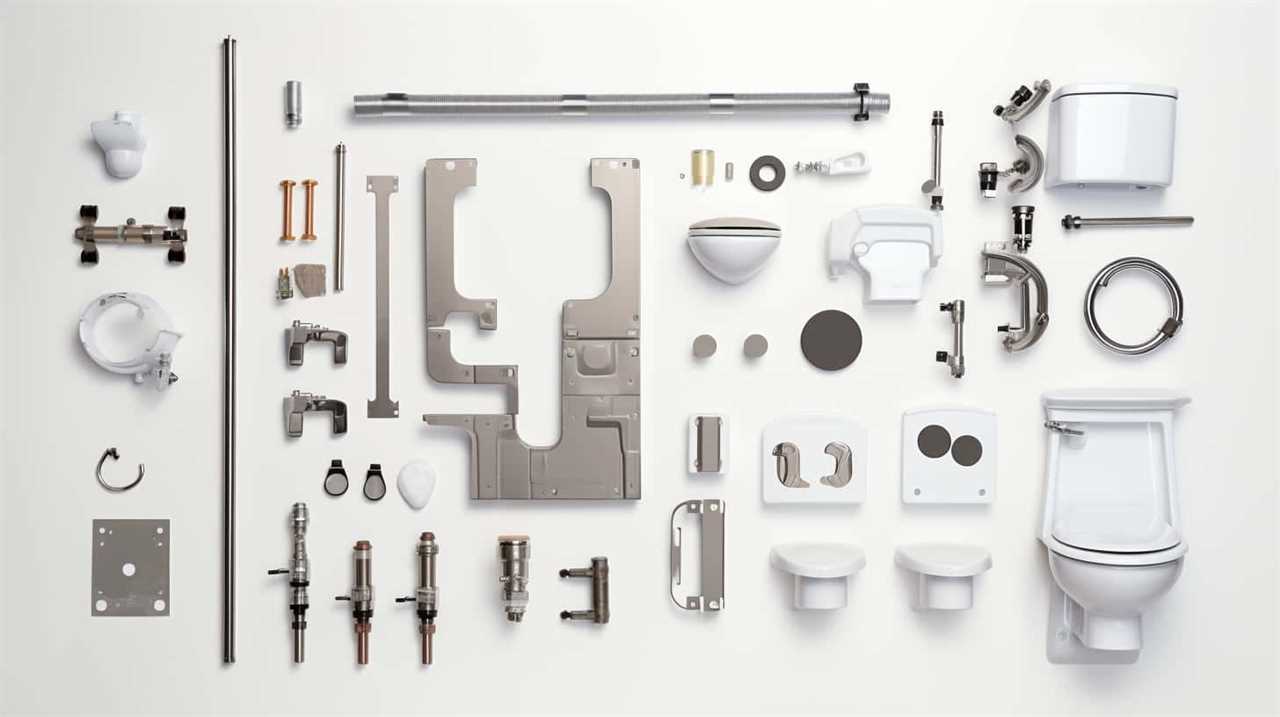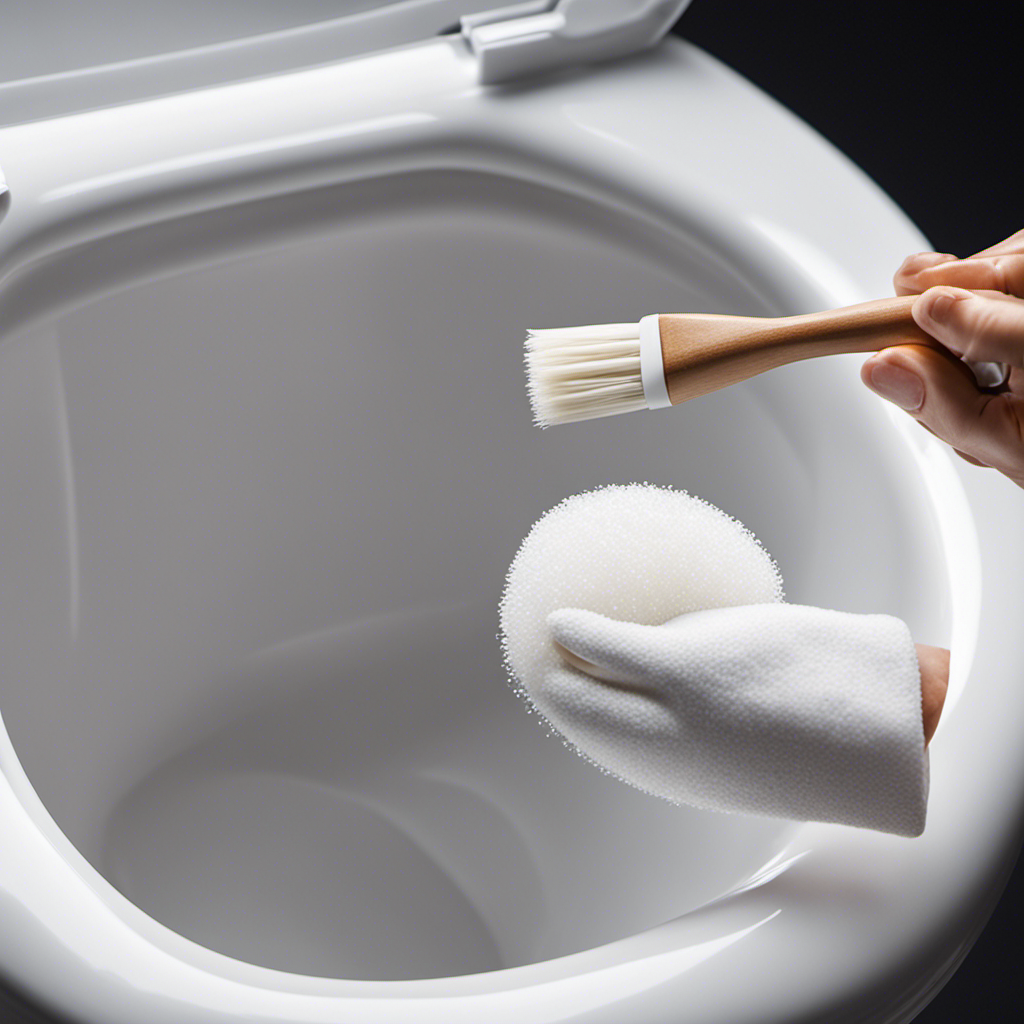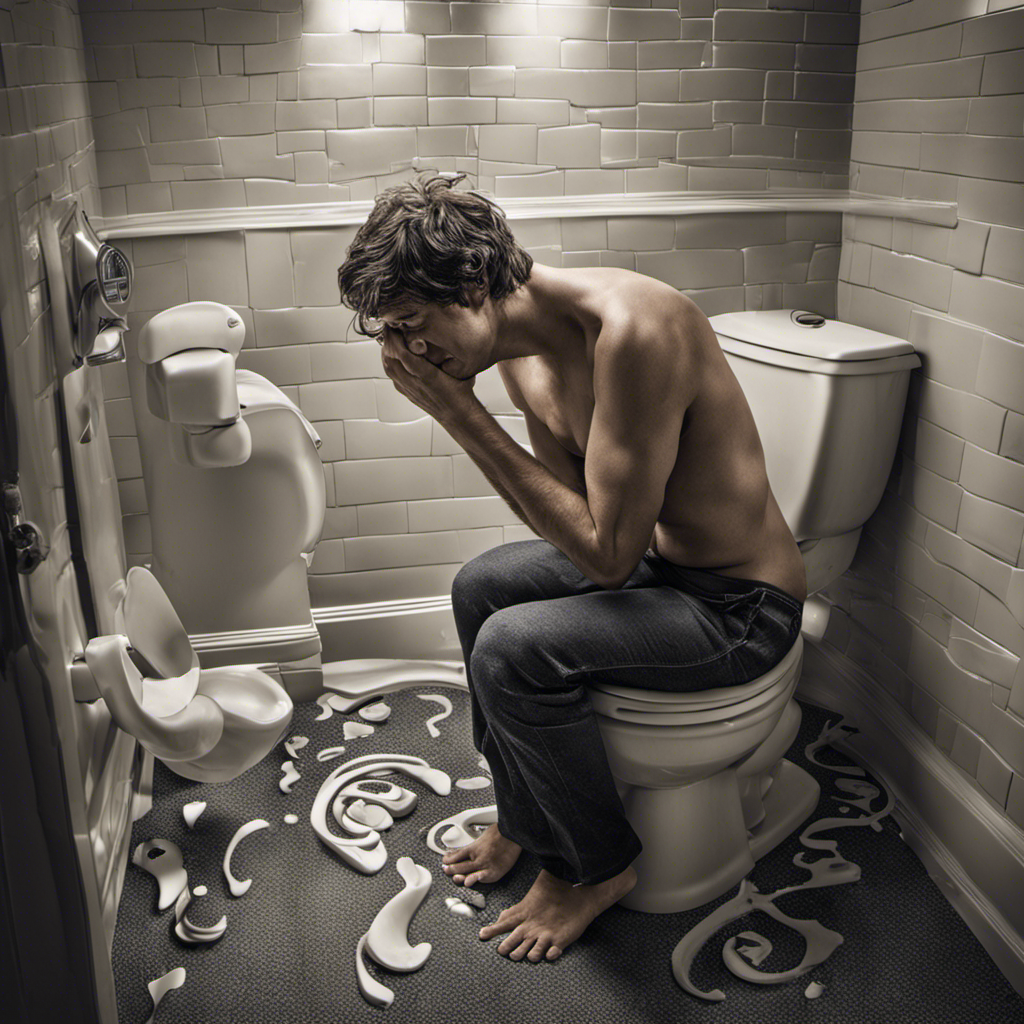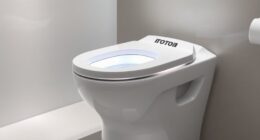Hey there! Have you ever thought about what to do when the power goes out and you’re left without water? Don’t worry, we’ve got you covered.
In this article, we’ll explore the impact of power outages on water supply, ways to access water during those dark times, precautions to take, and even tips for conserving water.
So, sit tight and get ready to master the art of surviving without power while still having water at your disposal.
Let’s dive in!

Key Takeaways
- Power outages disrupt water supply from treatment plants and pumping stations.
- Alternative water sources like rainwater or filtered water can be used during power outages.
- Precautions should be taken to ensure the safety and cleanliness of water during power outages.
- Water can be purified through boiling, using water purification tablets, or filtration systems for safe consumption.
Impact of Power Outage on Water Supply
During a power outage, we rely on our local water supply for essential needs such as drinking, cooking, and personal hygiene. However, it’s important to consider alternative water sources and the importance of water storage in such situations.
When the power goes out, it can disrupt the normal functioning of water treatment plants and pumping stations, leading to a loss of water supply. In order to ensure access to clean water during these times, it’s advisable to have a backup plan in place. This may involve storing water in containers specifically designated for emergencies, such as clean plastic jugs or food-grade barrels.
Additionally, exploring alternative water sources like rainwater harvesting or using water filters can provide a reliable source of water when the power is out. Being prepared with these measures can help us maintain our water needs during unexpected power outages.
Ways to Access Water During Power Outage
To access water during a power outage, we can explore various methods and alternatives.

When faced with a power outage, it’s important to have alternative water sources available. One option is to collect rainwater using containers such as buckets or barrels. Ensure that these containers are clean and free from any contaminants.
Another option is to tap into alternative water sources such as rivers, lakes, or streams, but it’s crucial to purify the water before consuming it. Boiling the water for at least one minute or using water purification tablets are effective methods.
Additionally, it’s wise to store water safely before a power outage occurs. Store water in clean, food-grade containers, and rotate the supply every six months to ensure freshness.
Precautions for Using Water During Power Outage
After exploring ways to access water during a power outage, we must now discuss the precautions to take when using water in such circumstances. Here are four important precautions to consider:
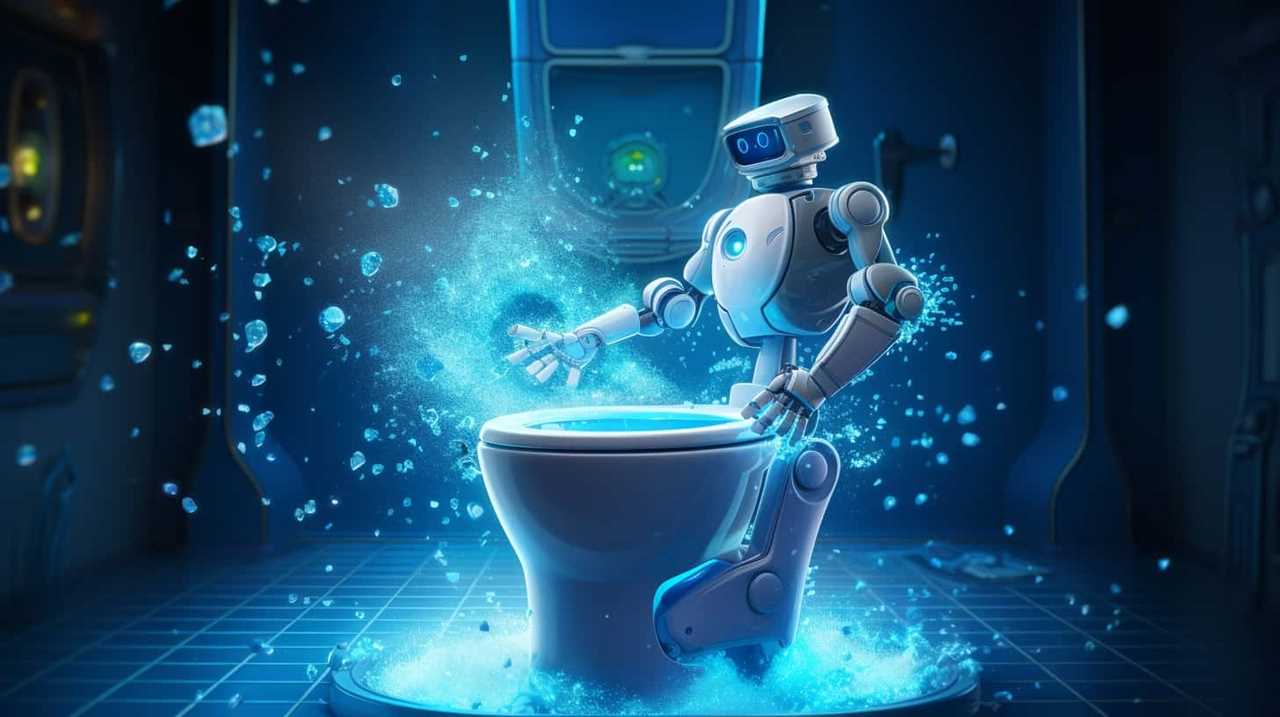
- Preventing Contamination: Ensure that water containers are clean and properly sanitized before filling them with water. Keep them covered to avoid any potential contamination from debris or insects.
- Using Alternative Water Sources: If your tap water isn’t safe to drink, consider using bottled water or water from a reliable alternative source such as rainwater collection systems or nearby natural bodies of water. However, make sure to purify or treat the water before consumption.
- Boiling Water: If power is available through a gas stove or generator, boiling water for at least one minute is an effective way to kill harmful bacteria and viruses. Allow the water to cool before using or store it in clean, covered containers.
- Disinfecting Water: If boiling isn’t an option, use water disinfection tablets or household bleach to purify the water. Follow the instructions provided and wait for the appropriate amount of time before using the water.
Taking these precautions is crucial to prevent any health risks associated with contaminated water during a power outage.
In the next section, we’ll discuss how to purify water for safe consumption.
Purifying Water for Safe Consumption
To ensure the safety of our drinking water during a power outage, we need to purify it for consumption. In emergency situations, when our usual sources of water may not be available or may be contaminated, it’s important to know how to purify water from alternative sources.
Some common emergency water sources include rainwater, rivers, lakes, and even melted snow. To purify this water, there are several methods you can use. Boiling is one of the most effective ways to kill pathogens and make the water safe to drink. Another method is using water purification tablets or drops that contain chemicals like chlorine dioxide. Filtration systems, such as portable water filters, can also remove contaminants.

By using these water purification methods, we can ensure that our drinking water is safe for consumption during a power outage.
Now that we know how to purify water for safe consumption, let’s move on to the next topic: tips for conserving water during a power outage.
Tips for Conserving Water During Power Outage
One important tip for conserving water during a power outage is to limit our water usage. Here are four practical tips for water conservation during an emergency:
- Use water sparingly: Only use water for essential tasks like cooking, drinking, and personal hygiene. Avoid activities that waste water, such as long showers or leaving taps running unnecessarily.
- Collect rainwater: If it’s safe to do so, collect rainwater using buckets or containers. This can be used for non-potable purposes like flushing toilets or watering plants.
- Reuse water: Don’t let any water go to waste. Consider reusing water from activities like washing dishes or laundry for tasks like flushing toilets or cleaning.
- Practice good water habits: Encourage everyone in your household to be mindful of their water usage. Turn off taps tightly, fix any leaks, and use efficient appliances to minimize water consumption.
Frequently Asked Questions
How Long Can Tap Water Be Stored Safely During a Power Outage?
During a power outage, tap water can be stored safely for about 48 hours. It’s important to have proper containers, like food-grade plastic or glass, and keep them in a cool, dark place. Regularly check for any signs of contamination or discoloration.

Can You Use Water From a Swimming Pool During a Power Outage?
Using swimming pool water during a power outage has pros and cons. While it can be used for household needs, such as flushing toilets or watering plants, it may not be safe for drinking or cooking.
What Are Some Alternative Sources of Water During a Power Outage?
Some alternative water sources during a power outage include rainwater collection, melting ice, and water from natural sources. It’s essential to prioritize water conservation strategies to ensure an adequate supply for drinking, cooking, and hygiene.
Is It Safe to Drink Water From a Well During a Power Outage?
Yes, it’s important to take safety precautions when using well water during a power outage. Purification methods, like boiling or using a water filter, can help ensure the water is safe to drink.
How Can You Keep Water From Freezing During a Power Outage in Cold Climates?
Preventing water from freezing during a power outage in cold climates is crucial. Storing water safely in insulated containers and keeping them in a heated area can help maintain its liquid state.
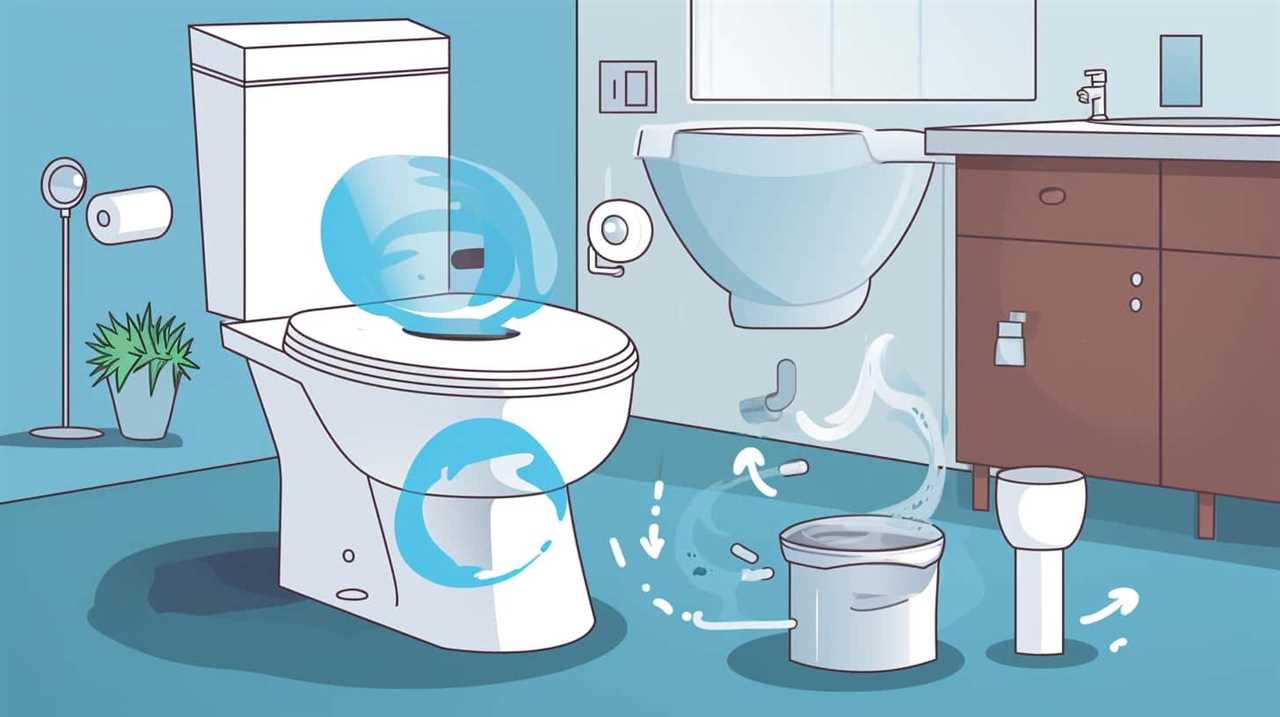
Conclusion
In the unfortunate event of a power outage, accessing water may seem like a challenge. However, with some precautions and resourcefulness, it’s possible to keep water flowing.
Just remember to purify the water for safe consumption and conserve it wisely.
It’s ironic how something as essential as water can become a luxury during a power outage. Let’s hope for a future where basic necessities are always readily available, regardless of the circumstances.
Stay prepared and stay safe.

